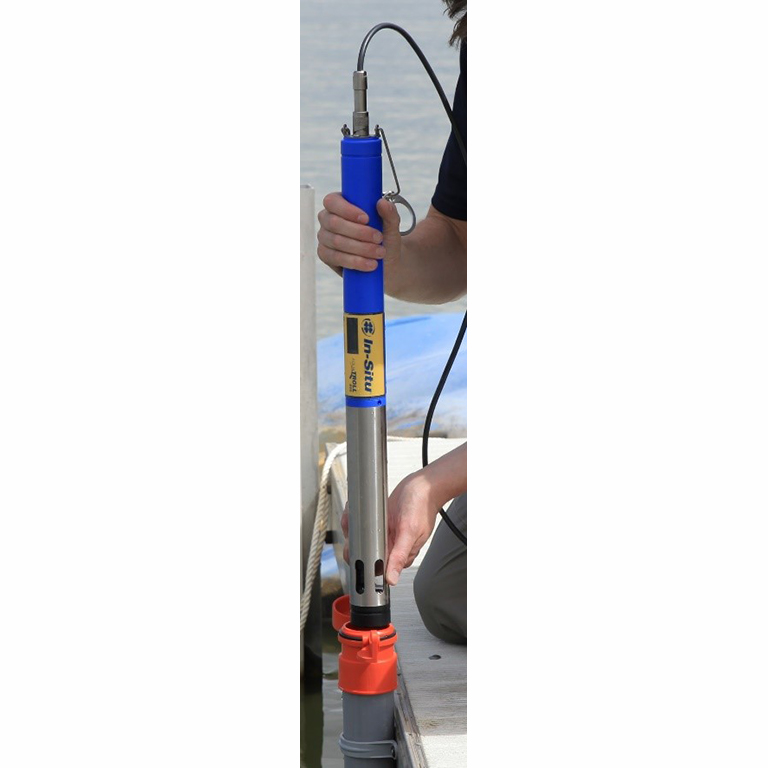Many practitioners are familiar with using multiparameter water quality meters in the field which incorporate ORP (oxygen-reduction potential) sensors. But ORP measurements are often reported from field probe measurements without the necessary conversion made to standardize readings to a common reference.
Most manufacturers, including In-Situ, use a silver/silver chloride (Ag/AgCl) electrode in potassium chloride (KCl) solution for measurement, whereas the standard measurement for ORP is based on a standard hydrogen electrode (or SHE), which for safety and economic reasons is rarely used in field instruments.
To convert field ORP readings to the SHE standard, a temperature-based adjustment is needed. This typically adds 200 to 300 mV to the instrument measurement, and is an essential adjustment to make in order to compare data from different sets of measurements or between sites. It would be difficult to interpret the significance of ORP values in terms of chemical processes that may be occurring without doing this.
Where to find guidance?
Probably the two most useful references for ORP measurements related to environmental measurements are:
- BS ISO 11271 (2002) Soil quality — Determination of redox potential — Field method
This is an excellent and brief explanation of the field method and how to express results from field measurements. It is however expensive to purchase. Go to https://shop.bsigroup.com/ProductDetail/?pid=000000000030040608 - USEPA Region 4 (2017) Field Measurement of Oxidation-Reduction Potential (ORP)
This can be freely downloaded from the US EPA website: https://www.epa.gov/quality/field-measurement-oxidation-reduction-potential
An example for the In-Situ AT600 Multiparameter Instrument
The In-Situ Aqua Troll 600 uses an ORP silver/silver chloride probe containing saturated KCl solution. Table 1 below (drawn from Annex C, BS ISO 11271) provides the potentials of commonly used reference electrodes versus the standard hydrogen electrodes (SHE) at different temperatures.
These values need to be added to the field reading taken using the AT600 ORP probe to give the same result that would be obtained using a standard hydrogen electrode (SHE) for the same measurement.
Table 1: Potentials of an In-Situ silver/silver chloride reference electrode with saturated KCl solution at different temperatures.
| Temperature (°C) | 0 | 5 | 10 | 15 | 20 | 25 | 30 | 35 | 40 |
| Potential (mV) | 222 | 219 | 211 | 207 | 202 | 198 | 194 | 191 | 186 |
Note: Please be aware that other manufacturers may use different electrodes and different strengths of KCl solution, for which there are different correction factors.
For example, and using Table 1 as a guide, if the field measurement were 315 mV and the measurement temperature 15°C then the corrected measurement (i.e. the potential with respect to the standard hydrogen electrode (SHE) would be expressed as:
Redox Potential (Eh) = 315 + 207 mV = 522 mV








